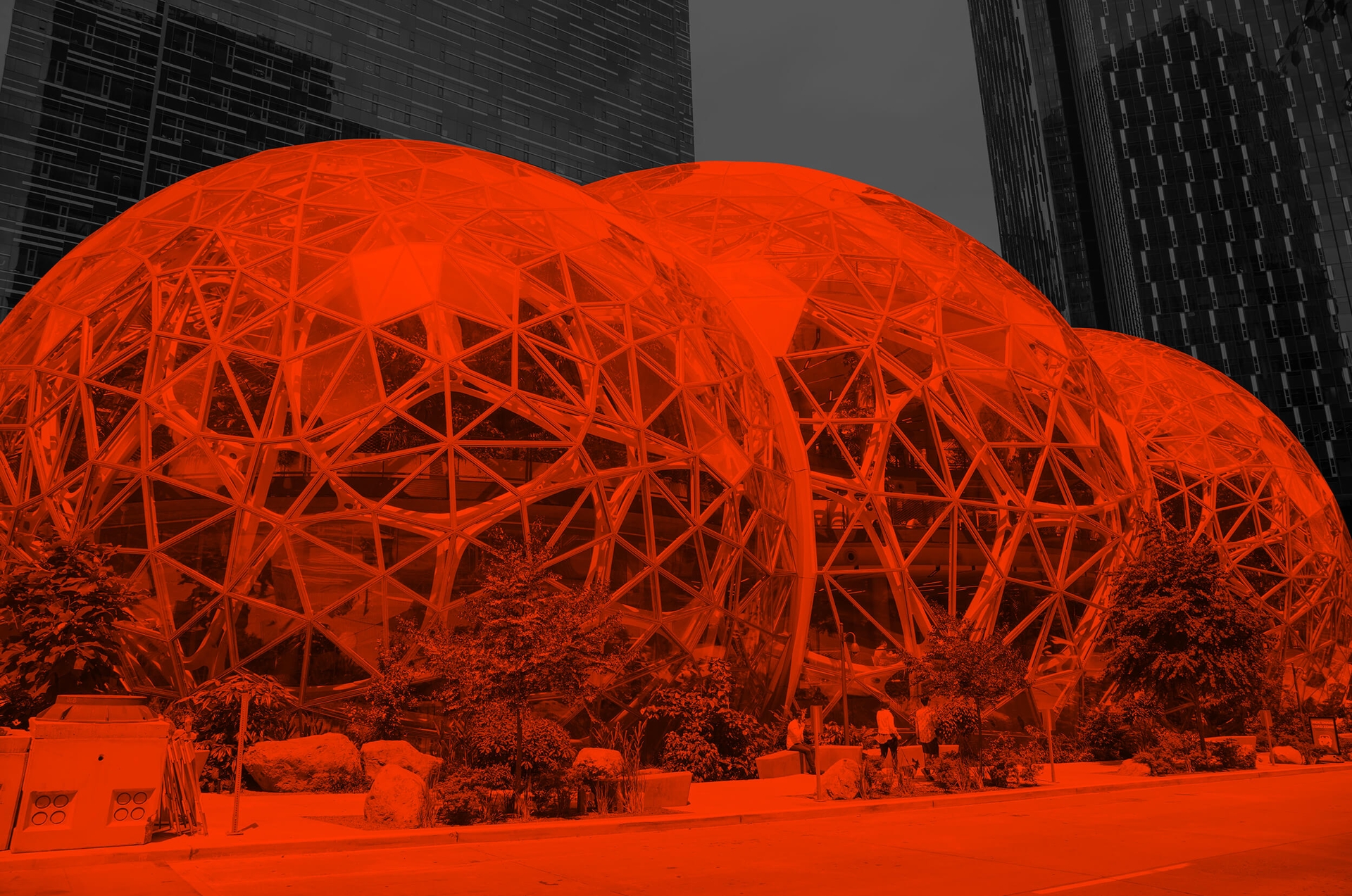
Seattle, USA
“Bringing a lot of new, good-paying jobs to town, you have to view that as being a positive development. But the changes that have happened have created Seattle as a less livable place for categories of people, and that’s not what I want for Seattle.”Robby Stern
Puget Sound Advocates for Retirement Action
Issues explored: gentrification, urbanization, technology
In Seattle, there’s no question the company’s growth has improved life in many ways. Unemployment is extremely low. A large fraction of its workers walk to the office or rely on public transit, and its buildings have green roofs, recycled heat, reclaimed lumber and other sustainability features. It opened plazas where it hosts farmers markets, concerts and, yes, banana stands — Amazon has given away 2.7 million bananas and counting. Terrific restaurants, cafes and food trucks have proliferated, with lines of Amazon workers — recognizable by their badges or by their dogs, welcome at work — outside.
That said, not everyone can afford to enjoy such amenities. Robby Stern, president of Puget Sound Advocates for Retirement Action, which advocates for seniors, said rising housing costs have forced two of his organization’s board members from the city. The Seattle Times reported in September that the median house price in the city was $730,000 — double what it was five years ago.
“Bringing a lot of new, good-paying jobs to town, you have to view that as being a positive development,” Stern said. “But the changes that have happened have created Seattle as a less livable place for categories of people, and that’s not what I want for Seattle.”